AF1R: “FreeDV” Zoom On-Air Tutorial at Wellesley ARS, March 31, 2025
Leandra Mac Lennan, AF1R, writes on the Wellesley ARS mailing list:
I will be doing an encore FreeDV Zoom and on-the air tutorial for WARS members on
- Monday, March 31
- 7:30 to 8:30 PM
If you missed last Monday’s meeting, you can join us for this meeting. I will cover the basic setup of FreeDV.
For those who were at last Monday’s meeting we will try the latest version of FreeDV to see how well the new vocoder works.
We will use 50.190 MHz for our on the air tests while we are on Zoom.
I recommend using a PC headset/microphone which plugs into a USB port on your computer. This will be used for the FreeDV audio. When you log into the Zoom meeting, use the computer internal speaker and microphone.
For the meeting I recommend you use the same computer for both Zoom and FreeDV. This will give you the ability to share your screen on Zoom if you have any problems so we can observe and debug any issues you may have.
I will focus the meeting on Windows operation as I am not familiar with Mac or Linux.
You must have a known-good method of connecting your computer to your radio. If you have used FT8 or FLDIGI successfully, you can use the same setup for FreeDV.
The latest version of FreeDV uses the AVX instruction set in the processor of your PC for the new high-quality vocoders. Most of the latest processors have the AVX instruction set.
Before the meeting please check to see if your processor has the AVX feature set. Follow the instructions in this web site
https://www.ghostarrow.com/how-to-know-if-my-cpu-supports-avx-instructions
If you have a Windows 11 computer and your processor has AVX, you may need to enable the AVX feature in your computer BIOS. Follow the instructions here (skip step 1, start at step 2) to enable AVX
[For Zoom details, contact Charlie Bures, WA3ITR, at c.bures@comcast.net]
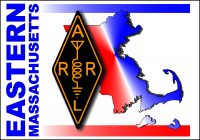

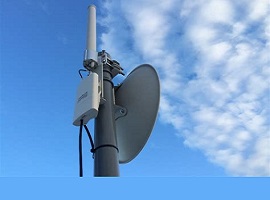 Ben Jackson, N1WBV, writes on the Bristol Co. Radio Association mailing list:
Ben Jackson, N1WBV, writes on the Bristol Co. Radio Association mailing list: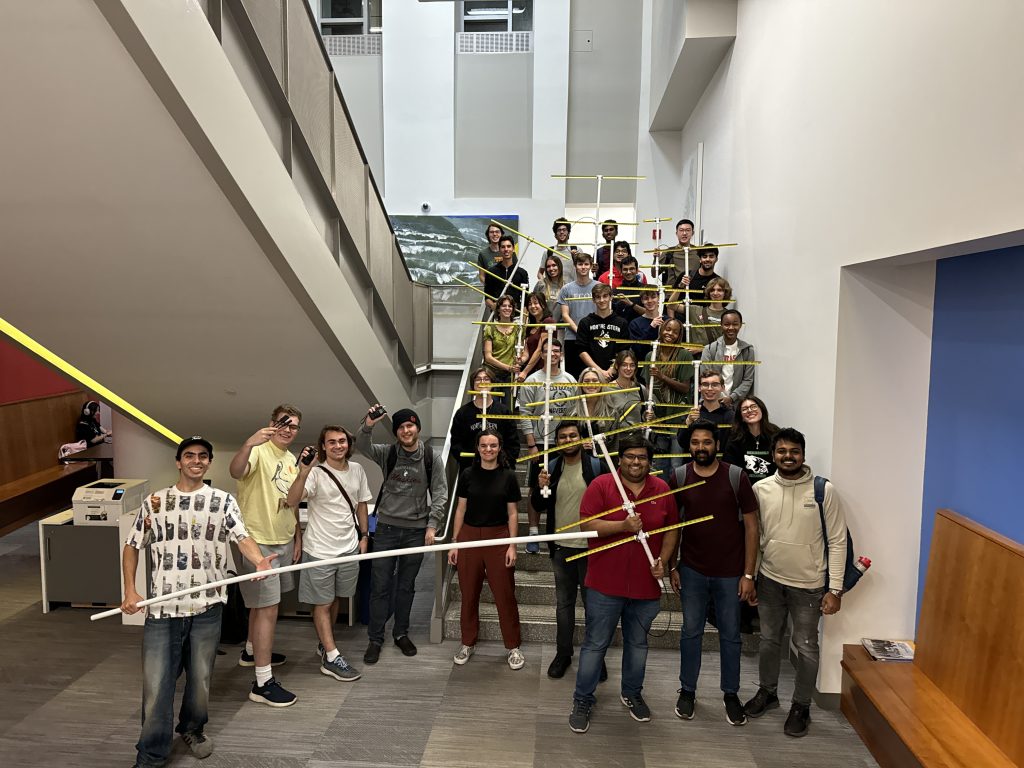 KF0INO
KF0INO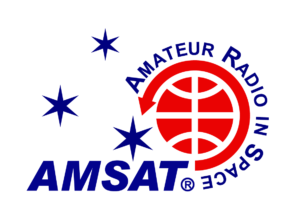 Joe Fitzgerald, KM1P, writes on the Sci-Tech ARS mailing list:
Joe Fitzgerald, KM1P, writes on the Sci-Tech ARS mailing list:
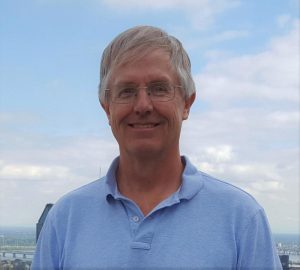 Robert (Bob) Johnk (M’91 – SM’07) received his Ph.D. degree in Electrical Engineering at the University of Colorado in 1990, where he specialized in electromagnetics and antennas.
Robert (Bob) Johnk (M’91 – SM’07) received his Ph.D. degree in Electrical Engineering at the University of Colorado in 1990, where he specialized in electromagnetics and antennas.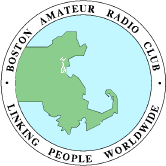 Boston ARC President Brendan Baldonado, NW1S, writes on the BARC mailing list:
Boston ARC President Brendan Baldonado, NW1S, writes on the BARC mailing list: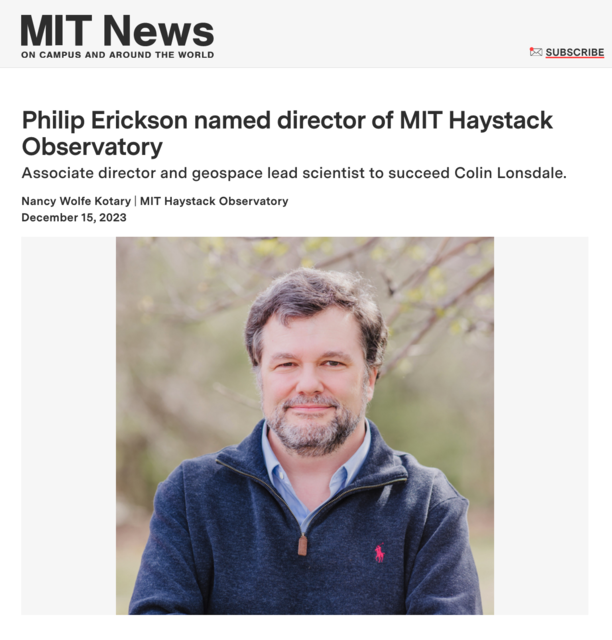
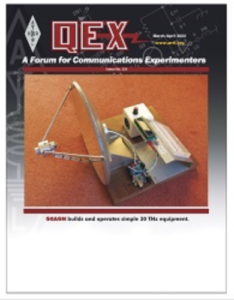 Stu Solomon, W1SHS, writes:
Stu Solomon, W1SHS, writes: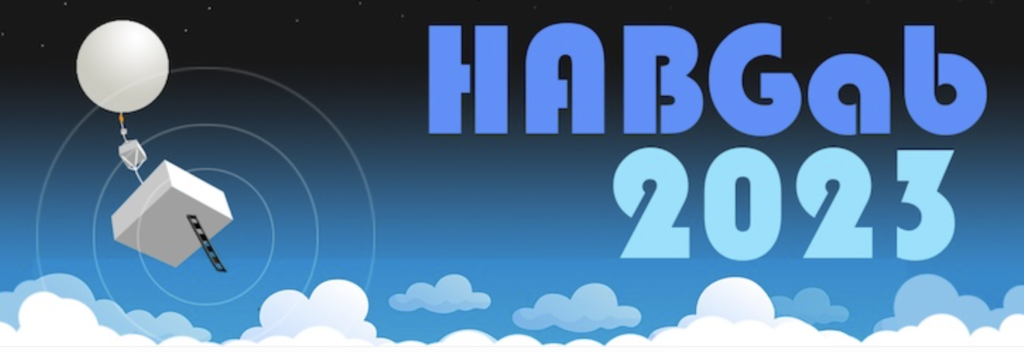

 Andy Stewart, KB1OIQ, writes:
Andy Stewart, KB1OIQ, writes: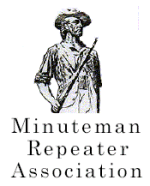 Minuteman Repeater Association membership meeting: Wednesday, 15 March 2023 ~7:30—9:30 pm: Amateur Radio Emergency Data Network (AREDN).
Minuteman Repeater Association membership meeting: Wednesday, 15 March 2023 ~7:30—9:30 pm: Amateur Radio Emergency Data Network (AREDN).  The Northeastern University Wireless Club is hosting a special meeting with the AeroNU Project Horizon project on November 3, 2022 at 7 p.m. in 503 Hayden (club space).
The Northeastern University Wireless Club is hosting a special meeting with the AeroNU Project Horizon project on November 3, 2022 at 7 p.m. in 503 Hayden (club space). Website (AROW), anyone with internet access can pinpoint where Orion is and track its distance from the Earth, its distance from the moon, the mission duration, and more. AROW is available on
Website (AROW), anyone with internet access can pinpoint where Orion is and track its distance from the Earth, its distance from the moon, the mission duration, and more. AROW is available on